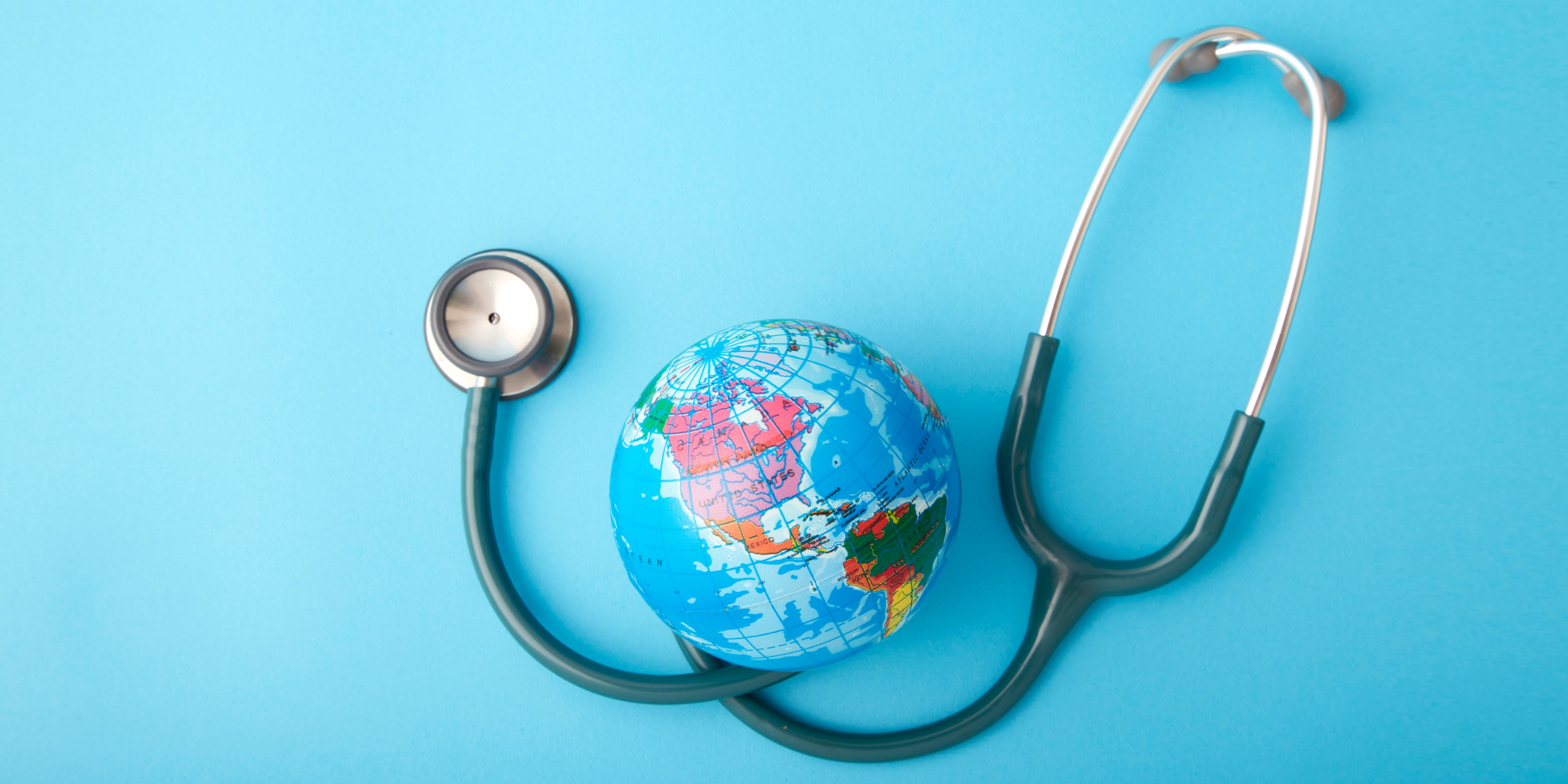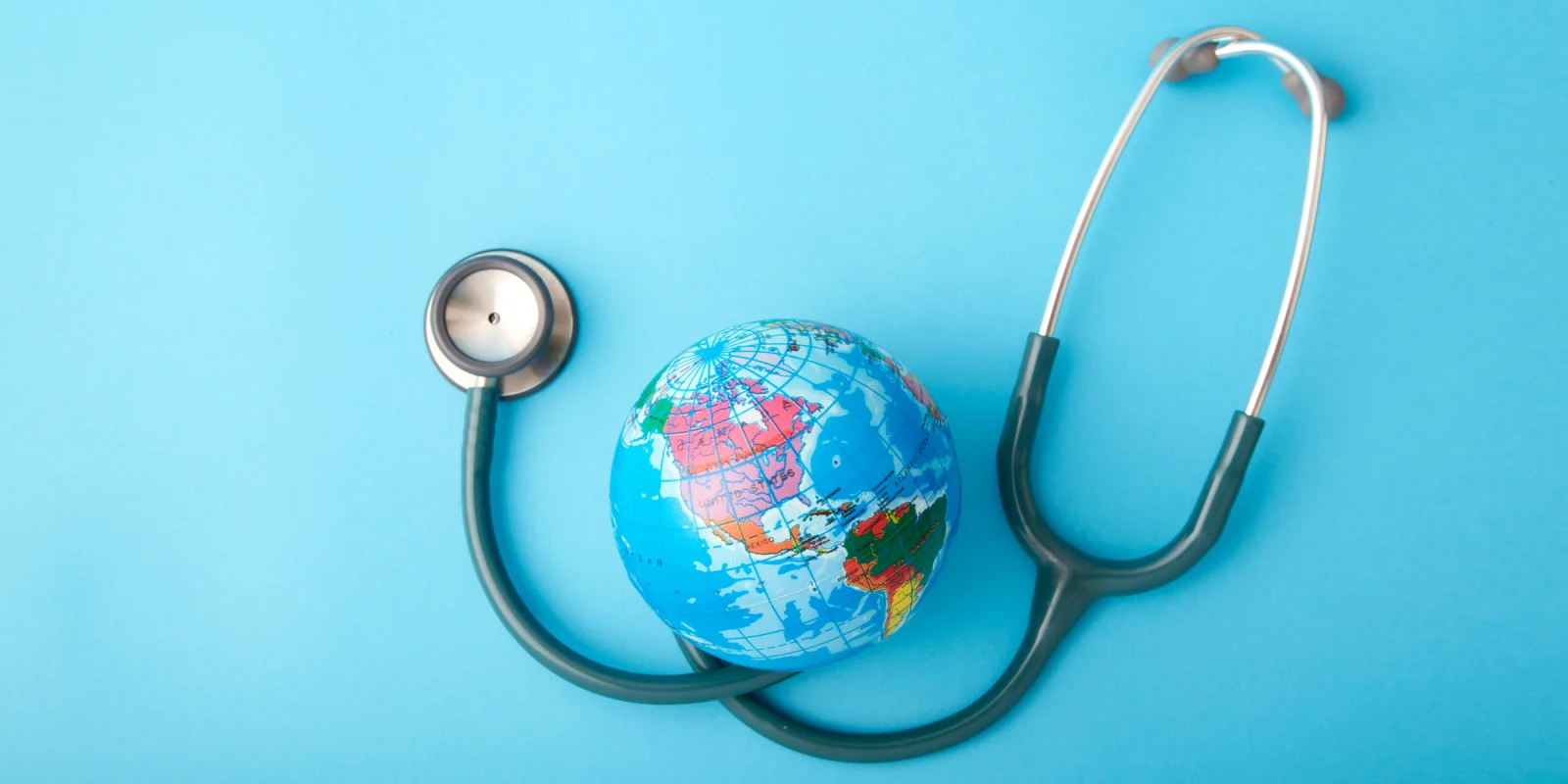
The outbreak of COVID-19 has wreaked havoc around the world. Despite ongoing efforts by local and national governments, new cases and deaths from COVID-19 continue to spike in some countries. Most western countries, including the U.S., finally (and hopefully!) are reaching their respective “peaks” after enforcing unprecedented measures to “flatten the curve.” As access to testing improves and states slowly reopen amidst nationwide protests against racial violence, the number of cases may start rising once again, and many areas are gearing up for a potential second peak in incidence. The U.S. not only has significantly fewer hospital beds per capita (2.8 per 1,000 people) than some other countries, such as Japan (13.1), South Korea (12.3), and Italy (3.2), but also fewer physicians per capita (2.3 per 1,000) than Italy (4.2 per 1,000). This makes it critical not to allow disease incidence to exceed bed capacity at any time.
Experience with COVID-19 in some countries suggests that around 10% of those affected have been health care workers. Out of all U.S. medical graduates, 25% are foreign-born. A large number of these physicians work in the U.S. on visas (such as H1B or J1) that are highly restrictive and specify the exact type of work a physician can perform, as well as the location in which they can do it. Any deviation from that job description can have disastrous consequences for physicians, including deportation. As a result, many physicians with work visas have chosen not to take any risks during the pandemic that could put them in jeopardy of violating these restrictions. The physicians’ family members also face risk of deportation, should the physician become disabled or die from COVID-19. Despite calls from various physician groups and attorneys, immigration agencies have not allowed any exceptions, or even a temporary broadening of scope. Such restrictions have disproportionately affected the response to COVID-19 in rural areas, where many foreign-born physicians with a J1 visa waiver live but have not been able to work without risking their immigration status.
Heading into the peak of the pandemic, the U.S. Citizenship and Immigration Services agency decided to stop fast-track processing of visa and immigration-related applications for physicians who pay a premium. Fortunately, this process is now slated to reopen in a phased manner, but considering that U.S. consulates around the world are closed and travel restrictions persist, the careers of more than 4,000 newly selected resident physicians from around the world remain in limbo. The war against the coronavirus is likely to be a prolonged one, and if these new residents are unable to start on time, many hospitals across the country would not receive much-needed reinforcements, even as senior residents graduate and leave those hospitals at the end of June. An apparent solution to being on such restrictive work visas seems to be to apply for a green card, or permanent residence in the U.S. However, there are massive backlogs in the green card allocation system due to limits on the total number of green cards given, including limits based on an individual’s country of origin.
As the world slowly comes to grips with and prepares for widespread morbidity and mortality from COVID-19, we are also faced with opportunities to devise novel ways to mitigate its impact. This pandemic gives us a chance to examine the various restrictions for physicians working with visas in the U.S.
Some states such as New York have temporarily removed restrictions on the scope of practice for PAs, asked retired physicians to volunteer, and enrolled foreign-trained physicians with partially complete residencies to volunteer at hospitals with the greatest need. Other states in the U.S. can take similar measures and work with the federal government to ease some restrictions on physicians working on visas. In addition, priority processing of visas for foreign-trained physicians, slated to start July 2020, could be offered to physicians who have already matched into residency programs in the U.S., possibly even allowing them to start earlier. Other measures, such as offering priority to health care workers regarding immigration-related matters during the pandemic, insurance benefits, and protection from deportation for families of foreign-trained physicians would help provide a sense of security to foreign-born physicians and encourage their participation in the response.
Such measures are already being considered in other countries. For example, in the U.K., which also has a high number of foreign-trained physicians, calls were made to ease visa and immigration-related restrictions. Fortunately, this issue has caught the attention of U.S. legislators, and there are a few related bills currently under consideration in the House and Senate. One of them, the Healthcare Workforce Resilience Act, allows previously unutilized green cards to be reallocated to physicians working on the front lines against COVID-19. There are also provisions within subsequent phases of the Heroes Act (HR 6800) that aim to improve the mobility of physicians on visas within the health care system, potentially allowing them to contribute to the COVID-19 response. Whether these bills ever become laws remains to be seen.
Foreign-born physicians have been an integral part of the U.S. health care infrastructure for decades. Reducing the administrative and immigration-related red tape that prevents physicians on visas from fully participating in the response to this pandemic can provide not only much-needed support to our stretched health care workforce at this difficult hour, but also help initiate more dialogue about physician immigration into the U.S. and implement change for the long term.
Sajan Nagpal is a board-certified gastroenterologist and assistant professor of medicine and director of the Medical Pancreatology Clinic at the University of Chicago. His prior education includes medical school at the All-India Institute of Medical Sciences in India, internal medicine residency at the Cleveland Clinic, and a gastroenterology fellowship at the Mayo Clinic in Rochester, MN.
Click here to see more perspectives on COVID-19 from the Doximity network.
Click here for up-to-date news about COVID-19 on Doximity.
Image: 1981 Rustic Studio kan / shutterstock







